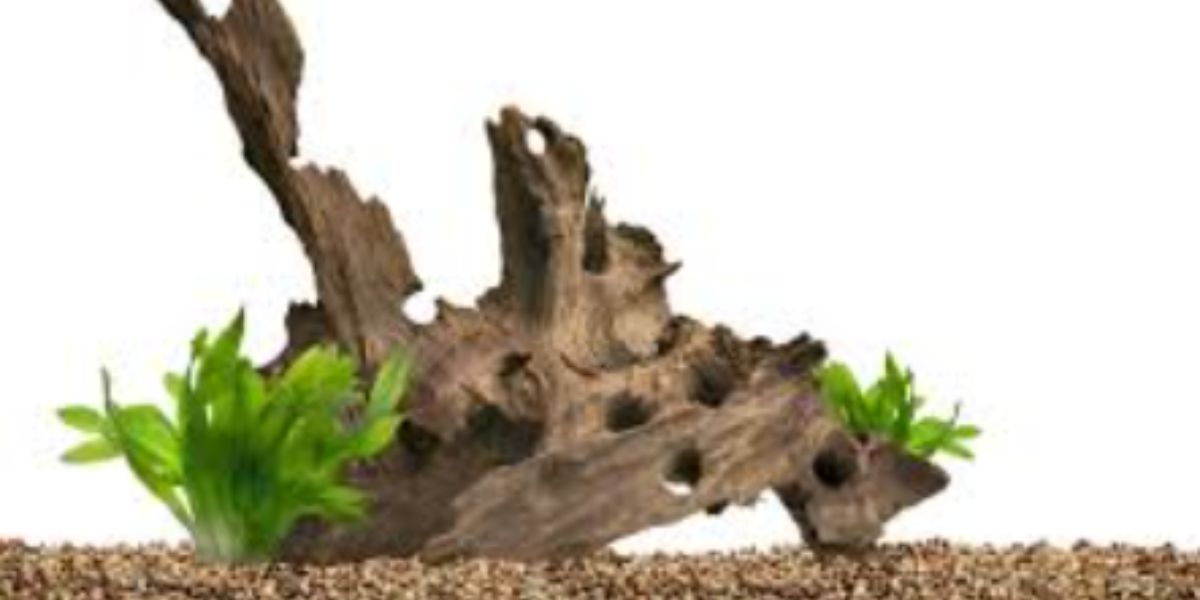Aquarium enthusiasts delve into the realm of natural elements, such as driftwood, to augment the allure of their underwater havens. Driftwood, besides adding rustic charm, serves as vital hiding spots and perches for fish and aquatic creatures. However, ensuring the well-being of your aquatic pets necessitates meticulous preparation of the driftwood. In this comprehensive guide, we will navigate through the step-by-step process of how to prep driftwood for aquariums, ensuring it’s not only safe but also aesthetically pleasing, fostering a healthy aquatic environment.
1. Choosing the Right Driftwood
Selecting the appropriate driftwood is paramount. Opt for hardwoods like oak, maple, or beech, which are dense and release fewer tannins, preventing water discoloration. Softwoods like pine or cedar, on the other hand, decay swiftly and pose a threat to your aquatic life.
2. Cleaning the Driftwood
Before preparation, meticulous cleaning is essential. Rinse the driftwood thoroughly under running water, removing loose particles. A soft brush, akin to an old toothbrush, can be employed gently. Avoid cleaning agents, as they can prove harmful.
3. Boiling the Driftwood
Boiling the driftwood is a highly effective sterilization method, eliminating harmful bacteria and parasites while removing tannins. Follow these steps:
- Choose a Suitable Pot: Opt for a pot large enough to accommodate the driftwood pieces, ensuring it’s made of food-safe materials.
- Boil the driftwood: Submerge the driftwood in the pot, ensuring it’s completely covered by water. Boil for 1-2 hours. After boiling, let it cool naturally and air dry, avoiding direct sunlight.
4. Soaking the Driftwood
Further leaching out tannins and ensuring waterlogging is essential for aquarium readiness. Here’s how:
- Choose a container: Utilize a large bucket or plastic container.
- Submerge the driftwood: Place the boiled and dried driftwood inside, filling it with water. Weight it down to keep it submerged. Change the water until it no longer turns brown, indicating tannins have leached out.
- Testing for waterlogging: Gently press the driftwood underwater; if it sinks immediately, it’s ready for the aquarium.
5. Preparing the Aquarium
Strategic planning is essential. Deliberate on the tank’s size, shape, placement of other decorations, and the needs of your aquatic life. Once visualized, carefully position the driftwood within the aquarium.
6. Monitoring Water Parameters
Regular monitoring of water parameters, especially initially, is crucial. Driftwood can slightly alter pH and water hardness due to tannin release. Frequent testing ensures a stable, healthy aquatic environment.
Conclusion
How to prep driftwood for aquariums? It demands attention to detail but is fundamental for your aquatic pets’ well-being and your tank’s aesthetics. By adhering to these steps and dedicating time to proper preparation, you can craft a captivating, natural aquatic habitat. Here, your fish, plants, and inhabitants will not just survive but thrive, creating a harmonious aquatic ecosystem.
FAQs:
Q1: How long should I boil the driftwood?
A: Boil the driftwood for 1-2 hours to effectively sterilize it and remove tannins.
Q2: Can I use any type of wood for aquarium driftwood?
A: Opt for hardwoods like oak, maple, or beech; avoid softwoods like pine or cedar.
Q3: How often should I change the soaking water?
A: Change the water every few days until it no longer turns brown, indicating most tannins have leached out.
Q4: Will driftwood change the appearance of my aquarium water?
A: Initially, it may slightly alter pH and water hardness due to tannin release; regular monitoring will maintain stability.
Q5: Can I speed up the soaking process?
A: Patience is crucial. Rushing the process may lead to incomplete leaching of tannins, affecting the quality of your aquarium water.

